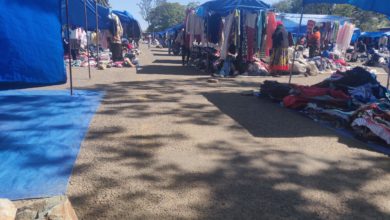‘Shoddy’ voters roll might leave thousands stranded in Cowdray Park
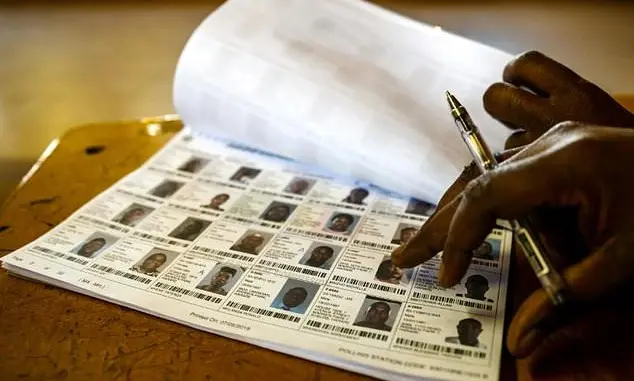
Cowdray Park, a sprawling high density suburb on the outskirts of Bulawayo, will be one of the closely watched constituencies when Zimbabweans head to elections on August 23 as it mirrors the most contentious dispute over the polls – creation of new boundaries.
The largest suburb in the city by population was not only the venue of President Emmerson Mnangagwa’s only rally in Bulawayo ahead of the elections, but it has been the centre of attraction during the just ended campaign season because of the ruling Zanu PF party candidate and Finance Mthuli Ncube’s manoeuvres.
According to the 2022 population census preliminary results, Cowdray Park with 75 070 is the second most populous suburb in the country after Budiriro in Harare, which has 89 287 people.
The high density suburb, which has been split into two wards, lacks basic infrastructure such as roads, water and sewer reticulation.
Most of the houses in the Garikai/Hlalani Kuhle section, the largest part of Cowdray Park that was established 18 years ago, have no electricity and running water.
Ncube, a respected economist and academic who was wooed by Mnangagwa’s post-coup government in 2018 to help resuscitate Zimbabwe’s moribund economy, has been sinking thousands of dollars in various projects to win the hearts and minds of the impoverished residents in the constituency.
He hopes to win his first election after he was chosen by the 80-year-old ruler as one of the non-constituency MPs for his first ministerial post in 2018.
His critics accuse him of brazen vote buying as he only started funding projects such as road rehabilitation, nurse aid training courses, connection of households to the electricity grid and drilling of boreholes after he was confirmed as the Zanu PF candidate in March this year.
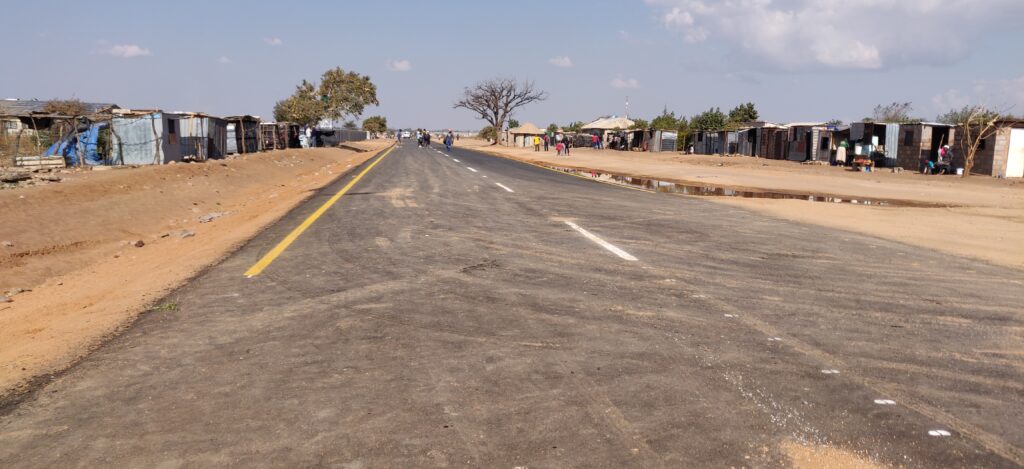
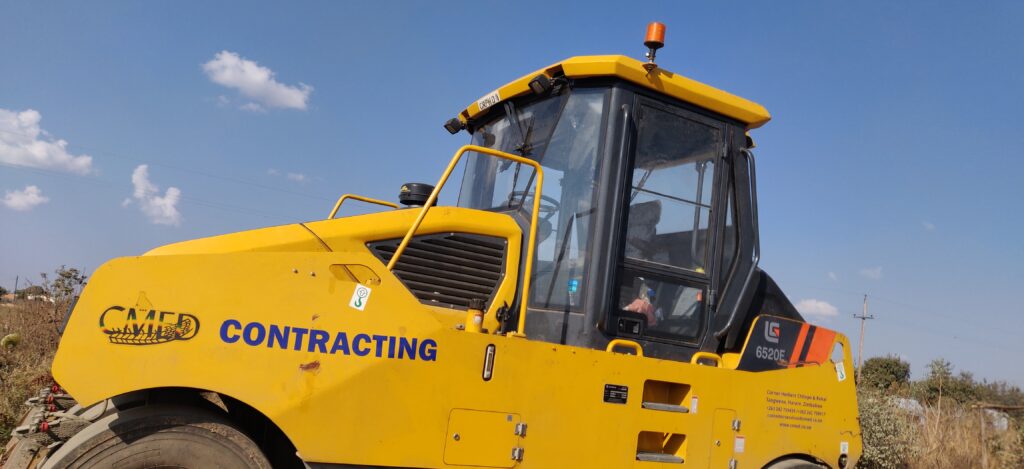
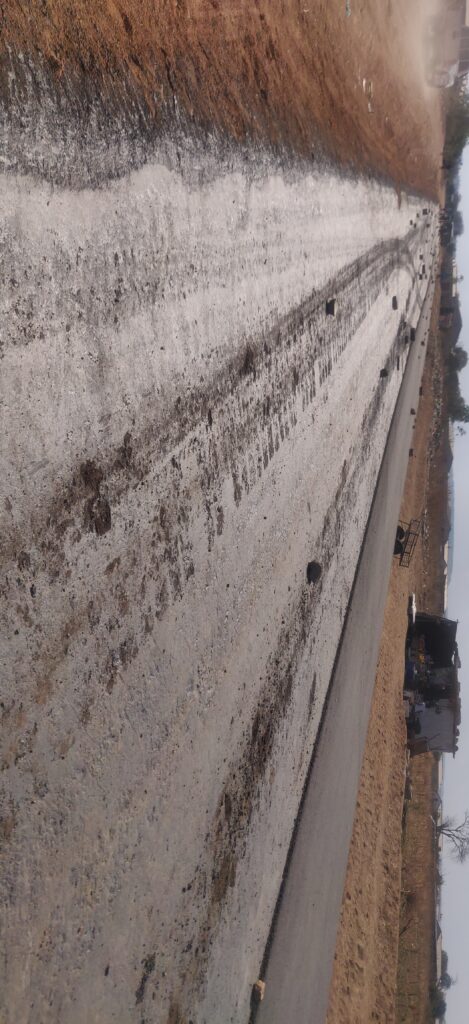
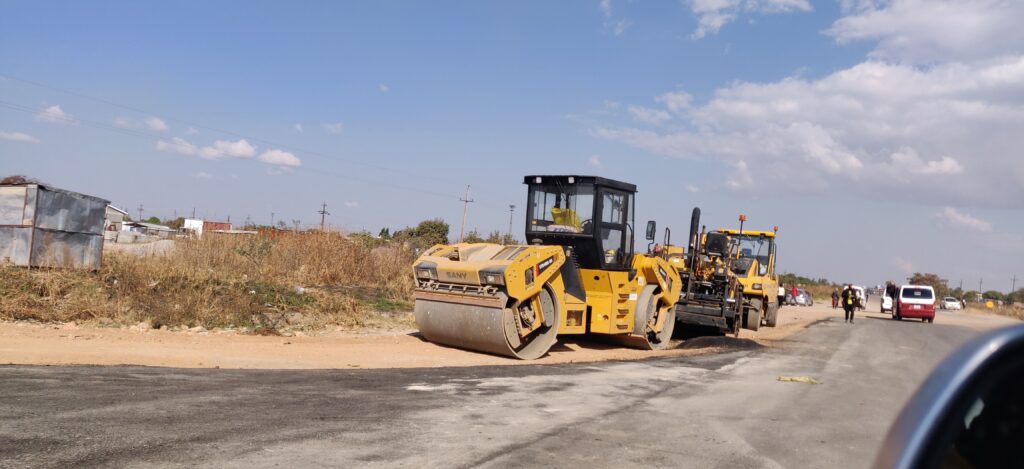
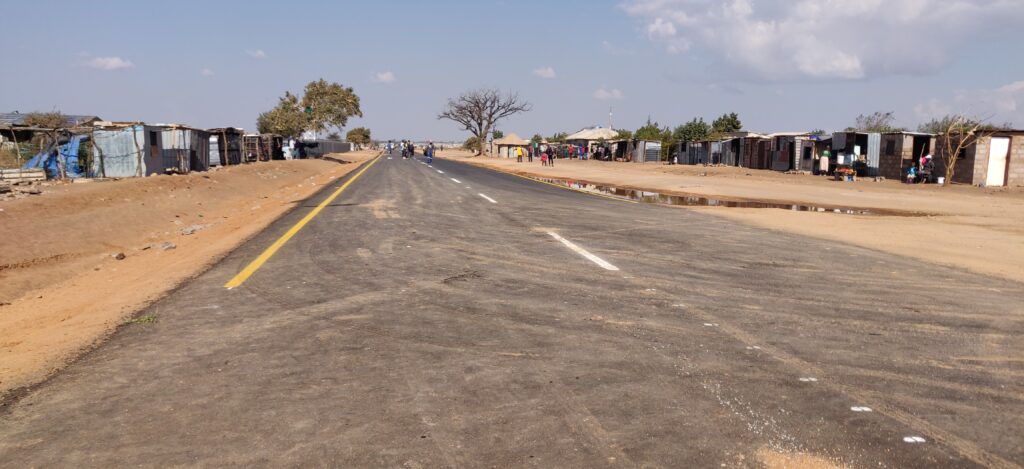
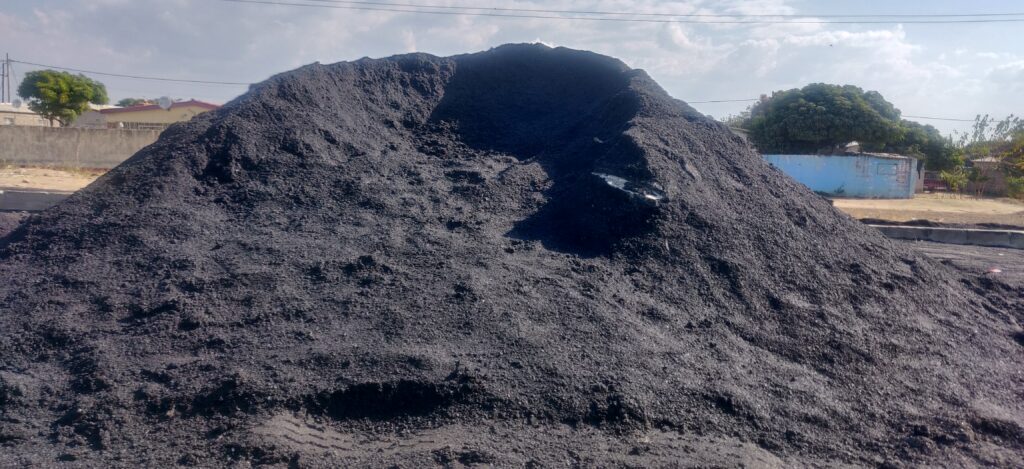
He said he also bought a house in the suburb after he was cleared to contest on a Zanu PF ticket as he was previously not a resident.
Ncube’s main opponent Pashor Sibanda of the opposition Citizens Coalition for Change (CCC) claimed that the controversial delimitation exercise might favour the former African Development Bank vice president.
Sibanda fears many voters in Cowdray Park will fail to cast their votes on election day because they were moved to polling stations that are far away from where they live.
“I used to vote at Tategulu Primary School, which is within Ward 15, but now my name appears at the Cowdray Park Primary School polling station in Ward 15,” Sibanda said.
“So there have been a lot of changes to the voters roll where people were moved from their usual polling stations to different places that are far from where they live.”
Voters roll confusion
Investigations by CITE in partnership with the Information for Development Trust (IDT), a non-profit organisation supporting investigative journalism in Zimbabwe and Southern Africa, showed that the movement of voters within Cowdray Park was causing a lot of confusion in the constituency.
Opposition candidates fear the problem of voters that were arbitrarily transferred from their traditional polling stations that might be more amplified on election polling day as voters are turned away.
Zimbabwe’s voters roll is polling station based, which means that one can only vote where they are registered.
The delimitation of election boundaries was one of the key electoral processes that preceded the 2023 harmonised elections, which was undertaken by the Zimbabwe Electoral Commission (ZEC) late last year.
It was the first delimitation of election boundaries since 2008 that resulted in the creation of new constituencies across the country, including Cowdray Park.
Previously Cowdray Park was part of Luveve Constituency.
“The process and outcome was shrouded in controversies that included the inadequate stakeholder engagements, reliance on a preliminary census report as opposed to the final report and the formula applied in determining average voter population for each constituency,” said the Zimbabwe Election Supervisory Network (ZESN), a coalition of 37 non-governmental organisations that coordinate activities pertaining to elections.
The opposition MDC-T led by Douglas Mwonzora filed an unsuccessful court challenge that sought the nullification or revision of the ZEC delimitation report to make descriptions of boundaries clearer.
MDC-T also wanted ZEC to apply the correct formula in determining the average voter population for each constituency.
Thousands of voters, including prominent opposition figures, struggled to find their names at their polling centres during the last voters roll inspection exercise in May after they were transferred to other areas during the delimitation exercise.
Sibanda said there was a likelihood that people from neighbouring rural constituencies were going to vote in Cowdray Park to give Zanu PF an advantage.
Cowdray borders rural areas such as Nyamandlovu in Matabeleland North, which the ruling party considers to be its stronghold.
Zanu PF has struggled to win back Bulawayo constituencies, which it first lost to the then Morgan Tsvangirai-led Movement for Democratic Change in 2000.
“We do know that Zanu PF has attempted to transfer people from wards, which are outside Cowdray Park and even from outside Bulawayo,” Sibanda said.
“They are basically bringing people from outside Cowdray Park to be part of the Cowdray Park Constituency and determine the future of the area in terms of leadership.
“We have seen this happening particularly in Wards 15 and 6. In essence, it’s another rigging process.”
Creating Zanu PF ward
Oppah Ncube from Ward 6 in Cowdray Park said she feared that she might not be able to vote because she discovered that her name had been moved to Ward 15 during the delimitation exercise.
“An online search shows that I have been moved to Ward 15 and my new polling station is at the Caravan area,” Ncube said. “But why should I be voting in a ward where I don’t stay?”
Nkosinathi Hove Mpofu, the CCC candidate for Ward 6, claimed that the delimitation exercise favoured Zanu PF.
Mpofu said there was an attempt to make the Garikai/Hlalani Kuhle section of Cowdray a standalone ward on the back of perceptions that it was a ruling party stronghold.
The Garikai/Hlalani Kuhle section comprises houses and residential stands that were built or created to benefit victims of the 2005 Operation Murambatsvina,
Operation Murambatsvina was a government sponsored campaign to demolish illegal structures in urban areas that is said to have affected over 700 000 people countrywide, according to the United Nations.
“Garikai/Hlalani Kuhle was delimited in a way where it is clear that they wanted to create a ward that Zanu PF can easily win,” Mpofu claimed.
“For instance my neighbours are going to vote in Ward 15, but we are in Ward 6. There are also some people whose names appear in polling stations in Ward 20.
“So it is clear that there was manipulation (of the voters roll) because there is no way neighbours can be voting in different wards.”
MDC-T director of information Chengetai Guta said one of the reasons the opposition party challenged ZEC’s delimitation report at the Constitutional Court was because their analysis had shown that thousands of voters, especially in Bulawayo, would be disenfranchised.
“This is the reason why you are seeing for instance that some people in Ward 21 are finding their names in registers for polling stations in Ward 7 and polling stations that belong to one constituency you will find them in another constituency, particularly in Bulawayo Metropolitan,” Guta said.
“We did our first analysis there and we had so many overlapping boundaries where you find a certain number of polling stations belonging to a certain constituency like Cowdray Park being located in another constituency like Bulawayo Central.”
He said ZEC did an “extremely shoddy job” during the delimitation exercise and that election day was bound to be “a disaster.”
Worst affected constituency
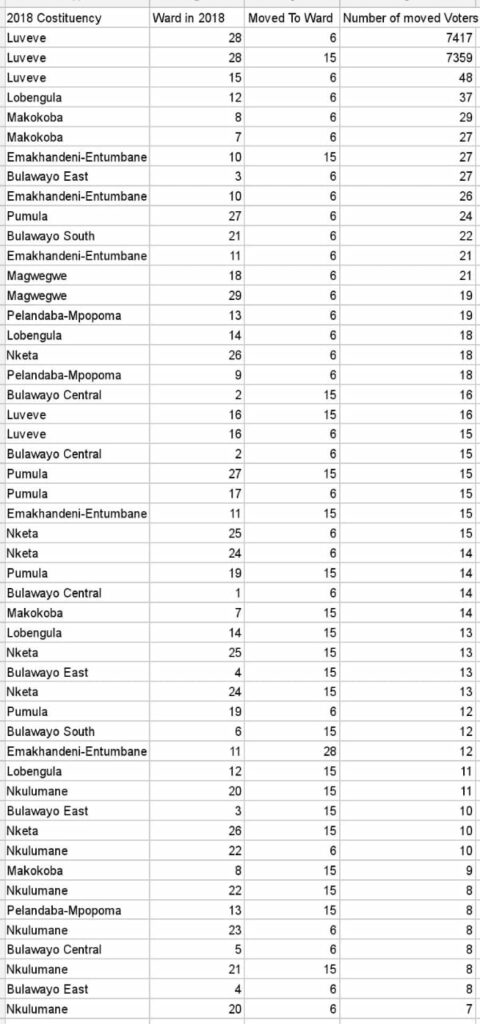
Anorld Mpofu, a freelance data analyst, said a formula he used to analyse the voters roll showed that Cowdray Park was one of the constituencies that were most affected by the movement of people to different polling stations.
“So what I did is to compare the 2018 and 2023 voters’ rolls,” Mpofu told CITE.
“Using identification numbers as a unique identifier to check voters who changed polling stations, I found out that Cowdray Park is one of the most affected constituencies.
“There are 13 857 voters whose polling stations were changed, which means they are going to vote at a new polling station in 2023.
“In Luveve, there were only 11 997 people whose polling stations were changed.”
Other anomalies that he picked were that there was a huge number of people that shared the same ID numbers on the voters roll for Cowdray Park polling stations.
Team Pachedu, an online civil society group that has been closely monitoring ZEC’s operations ahead of the polls, says it has picked similar anomalies on the national voters roll that it believes were deliberate.
ZEC deputy chairperson Rodney Kiwa, however, denied allegations that the delimitation exercise was manipulated to give Zanu PF an advantage in the election.
Kiwa claimed that ZEC tried as much as possible to place voters in polling stations closer to where they lived.
“We are not politicians. We don’t know which party has support where and that is nonsense,” he told CITE.
“In the delimitation process we tried as much as possible to put people where they were traditionally on the voters’ roll.
“If a delimitation moves you from point A to point B that is not disfranchisement, thus the whole process of delimitation.
“We are drawing new boundaries. Otherwise, what is the purpose of delimitation if we are not going to create new boundaries?”
Kiwa said registered voters should have made use of ZEC voters’ roll inspection exercises to have mistakes corrected such as being moved to polling stations that were far from where they lived.
‘Zanu PF doesn’t need ZEC hand to win’
Zanu PF acting director of information Farai Marapira said the ruling party does not need assistance from ZEC to win this year’s polls and insisted that the elections management body was independent.
Marapira said Zanu PF was banking on Mnangagwa’s “successful policies” to win the elections, including in urban constituencies where the party has performed dismally for the past two decades.
“The whole country is our stronghold and we do not need the delimitation (process to help us to win),” he said. “As a matter of fact, the opposition has no stronghold anywhere.
“They have been dismal in their performance with the mandates they have been given.”
ZESN said in future, ZEC must rely on the final census report, not the preliminary reports, which often contain errors and mistakes that are corrected upon validation done prior to the production of the final report.
“The preliminary census report may not lead to results that reflect reality, thereby distorting representativeness,” ZESN added.
Zanu PF has persistently denied accusations that it rigs elections to stay in power, but the claims persist and they are looming large over the 2023 polls.






